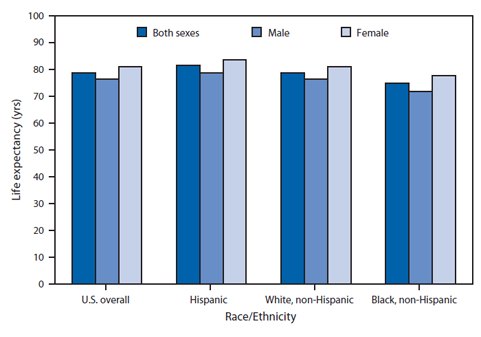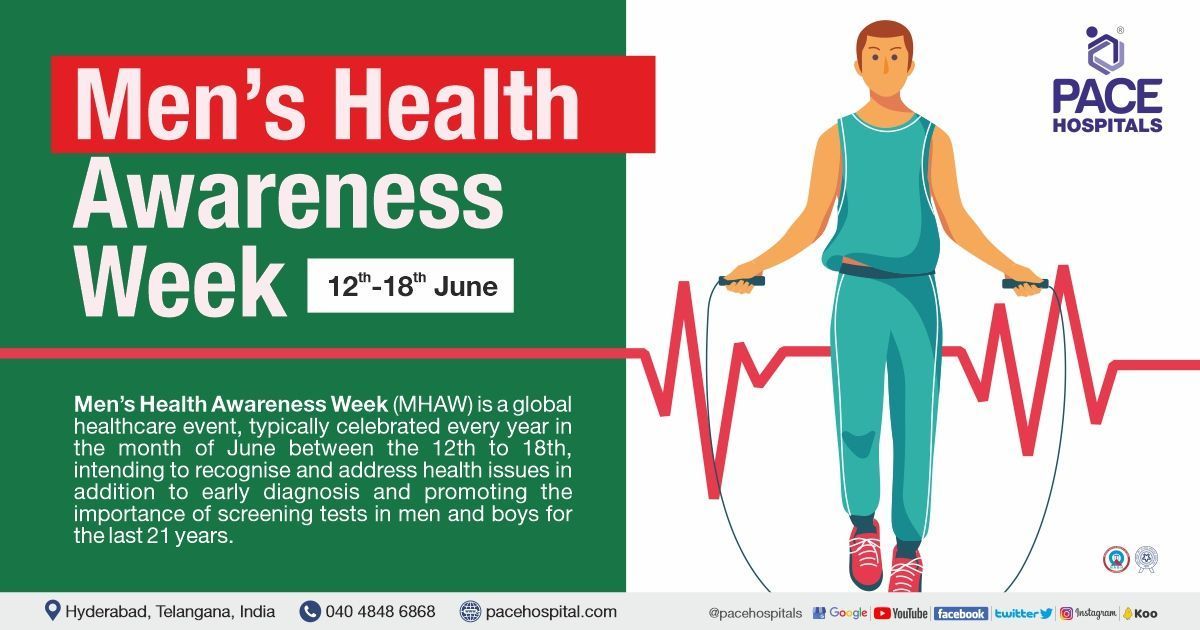
To extend the PAF concept to life expectancy requires using age-specific values of risk and prevalence and applying them to the age distribution of years lived in the life cycle of individuals. 9 It is calculated based on estimates of the prevalence of the exposure combined with information on the risks of death associated with that exposure. PAF is defined as the proportion of disease cases or deaths in a defined population that would be eliminated if a particular exposure were eliminated. In this paper, we show that Population Attributable Fractions can also be used to estimate the impact of a disease on life expectancy. When both diabetes and cardiovascular disease are mentioned on a death certificate, whether or not diabetes is listed as the underlying cause is highly variable. 2 People who die with diabetes typically have other conditions, especially cardiovascular diseases, that may also contribute to death. This percentage was substantially greater than the value of 3.3% estimated using underlying cause of death data. 6, 7 A prior study by Stokes and Preston used population-attributable fractions (PAF) to estimate that about 12% of deaths in the United States at ages 30–84 were attributable to diabetes over the period 1997–2011. 5Ī disadvantage of this approach in the case of diabetes is that it may be seriously underreported as an underlying cause of death. 3, 4 One recent calculation of this nature by the National Center for Health Statistics found that diabetes reduced life expectancy at age 30 in the United States in 1999–2001 by 0.34 years. These authors then hypothetically eliminate those deaths and recalculate life expectancy. The conventional approach used by demographers and actuaries to address such questions is to identify the fraction of deaths at a particular age that have been attributed to a particular disease as the underlying cause of death. This paper is aimed at estimating the effect of diabetes on life expectancy in the United States. When measured by HbA1c, fasting plasma glucose or 2-hour plasma glucose level, the age-adjusted prevalence was significantly higher among non-Hispanic blacks (21.8%) and Hispanics (22.6%) than among non-Hispanic whites (11.3%) in 2011–2012. 2 The prevalence of diabetes varies by race and ethnicity. Among those aged 30–84 in the National Health Interview Surveys (NHIS) from 1997 to 2006, 23.7% of those who died over the next five years had been diagnosed with diabetes at baseline.

1 The prevalence of diabetes is much higher among deaths.


In 2011–12, 9.1% of the population aged 20 years and above reported that they had been diagnosed with diabetes. We conclude that diabetes is substantially reducing US longevity and that its effect is seriously underestimated when using data on underlying causes of death.ĭiabetes is a growing problem in the United States. Estimates based on traditional demographic and actuarial methods using the frequency with which a disease appears as an underlying cause of death on death certificates produced a reduction in life expectancy at age 30 of only 0.33 years. The impact was greatest among Black women at 1.05 years.

These estimates were then applied to deaths in the official US life table for 2010 to estimate effects of diabetes on life expectancy.ĭiabetes was responsible for a reduction of 0.83 years of life expectancy for men at age 30 and 0.89 years for 30-year-old women. We combined data on the prevalence of diabetes among decedents with estimates of the hazard ratios of individuals diagnosed with diabetes to calculate population attributable fractions (PAFs) by age, sex, and race/ethnicity at ages 30 and above. Cohorts were drawn from 1997–2009 waves of the National Health Interview Survey and linked to death records through December 31, 2011. We investigated the impact of diabetes on US life expectancy by sex and race/ethnicity using a prospective cohort study design.


 0 kommentar(er)
0 kommentar(er)
